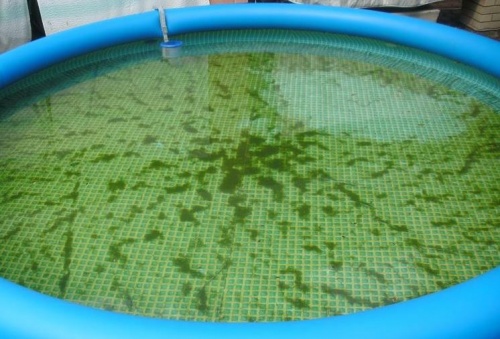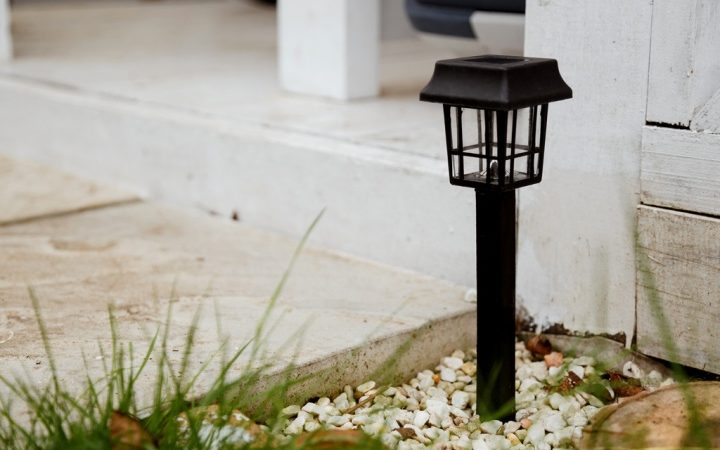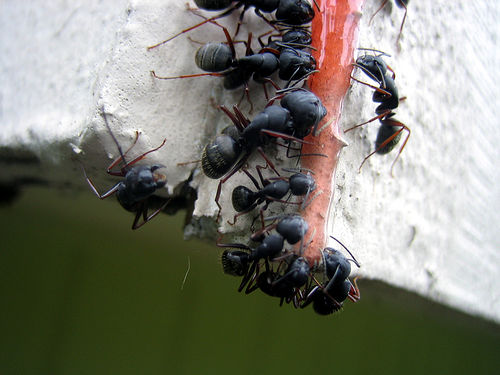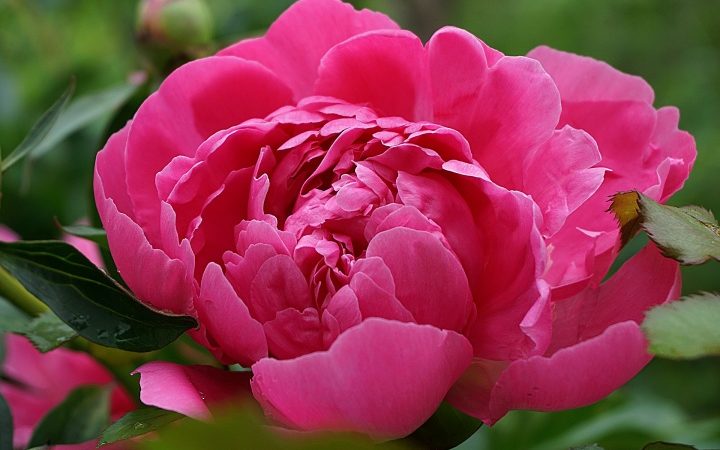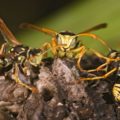Temperature also affects the water needs of plants
Environmental factors also matter a lot, as water-intensive species require much less irrigation in shady, wind-protected, cool places than their counterparts planted in sunny, windy places, where the combined effect of temperature and air movement continuously reduces soil water supply and increases plant evaporation. On the part of the plants it can be seen almost at a glance a water demandone. Think, for example, of cacti, whose body structure already shows that they store water, thus being able to decouple themselves from the lack of water in their environment for a long time. The same is true of fleshy succulent plants. Of these, if we cut a shoot, it does not begin to falter even for long weeks.
Rigid-leafed species tolerate better without water
In the case of rigid-leaf species or plants with leaves covered with hair or a wax-like cuticle, these external characteristics also indicate that the plant is able to tolerate drier periods without particular damage. Such a protective layer is found, for example, on the leaves of cabbages.
Thin-leaf species should be watered more often
Thinner-leafed species are already more vulnerable to precipitation because they are less able to tolerate water shortages. An example of this is pepper, or fuchsia, one of our annual ornamental plants, which, if they receive little water, immediately begin to wilt and wither. These processes can be quickly reversed to a limit, as if the watering plant is watered, its foliage will smooth out again. However, this only works within a limit, because if the lack of water has already caused permanent damage to the leaf tissues, the plant will no longer come to life.
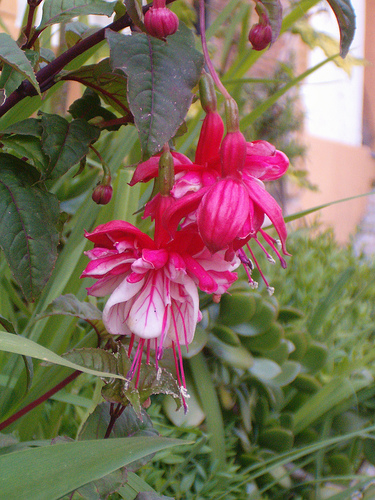
Plants storing water
Finally, there are plants armed with storage organs, such as carrots or radishes. Due to their thickened storage roots, they also do not show symptoms of water shortage for a long time. But if they are not given enough water during their growing season and are not evenly distributed, this deficiency will result in a change in their taste and tissue structure, which may even make them unfit for consumption.
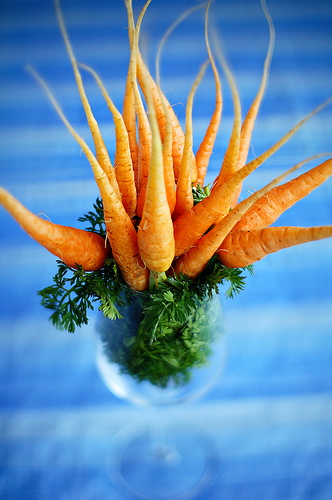
It doesn’t matter at what time we water the plants
In addition to merely a plants to meet its water needs, there are still a number of goals that can be achieved in cultivation by linking it to irrigation. In these cases, the time and amount of water application are important. Most of these methods are used by almost everyone in their small garden, only they may not be so named.
What is water irrigation like?
Water replacement irrigation is the most common irrigation method, as in the absence of rainfall, our goal is to achieve the appropriate water content of the soil. The soil layer interwoven with the roots is moistened. The water doses of this watering must also be increased in proportion to the growth of the plants, so that moisture can reach the lower layers of the root zone.
What is leavening irrigation like?
In fermentation irrigation, we need to get the seeds to get the right amount of water to germinate. For safety, this can be done with a dose of water that keeps the top layer of soil where the seeds are located for up to 1-2 weeks. During the period of germination, the soil should not dry out because it leads to the destruction of small seedlings with barely developed roots. The purpose of refreshing watering is to cool the leaves and eliminate sagging. It is advisable to use it with small doses of water, as the plants can only absorb a small amount of water per leaf, but in case of a slump due to a temporary lack of water, this is just enough to solve the problem.
What is humidifying irrigation like?
Humidifying irrigation is applied to species requiring steam, with a small dose of water, sprayed, spraying the water almost foggy. The humidity around the plants can also be increased by letting the water between the rows, some of which evaporates from there. Moisture storage irrigation can be done before the growing season. If there is no autumn-winter rainfall, then in the beginning of spring a large dose of water replenishment irrigationsel can store moisture in the soil, which comes in handy for water-demanding species sown in late spring, such as cucumbers or peppers. Pre-irrigation to facilitate tillage can be used for double cultivation. It is especially important if the pre-crop does not require it at the end of the growing season irrigation, so after harvesting can only be made bumpy plowing, which is not a good seed for the secondary crop. Therefore, before plowing (digging in small gardens) it is necessary to irrigate with a 20 mm dose of water, and after a few days, good quality, 60-70 percent moisture, crumbly soil awaits the seeds of the second crop. Soil irrigation is required in intensively fertilized areas, especially on sandy soils where N and K salts accumulate. These can be washed out with a large dose of 150-200 mm of water into the lower layers of the soil that no longer touch the root zone of our crops. This is especially important when you want to grow a salt-sensitive plant in the area, such as lettuce.
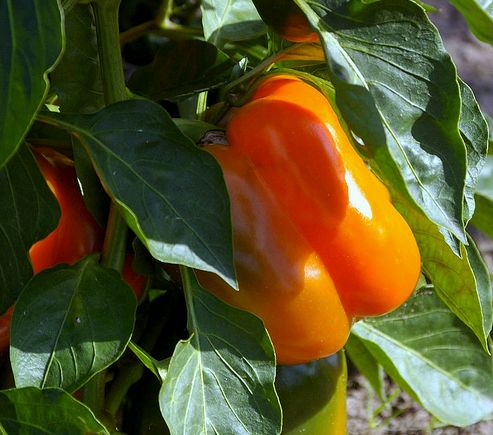
Why is anti-freeze watering good?
For anti-freeze irrigation may be required in unheated foil tents. Here we use the high specific heat of the water and the heat capacity of the soil. The 8-10 mm layer of the top soil layer is moistened, which heats up more easily as a result of irrigation, it stores this heat, which it radiates at night, raising the air temperature at ground level. The purpose of sludge irrigation is to attach the soil particles to the root or globe of the planted plant for faster emergence, but in the case of dry soil, it also acts as a replacement irrigation. The above methods can be successfully applied not only in the operating environment, but also in our small garden.
Let’s watch the video on the use of an ingenious home irrigation system with the accessories: a plastic bottle and a piece of textile.

